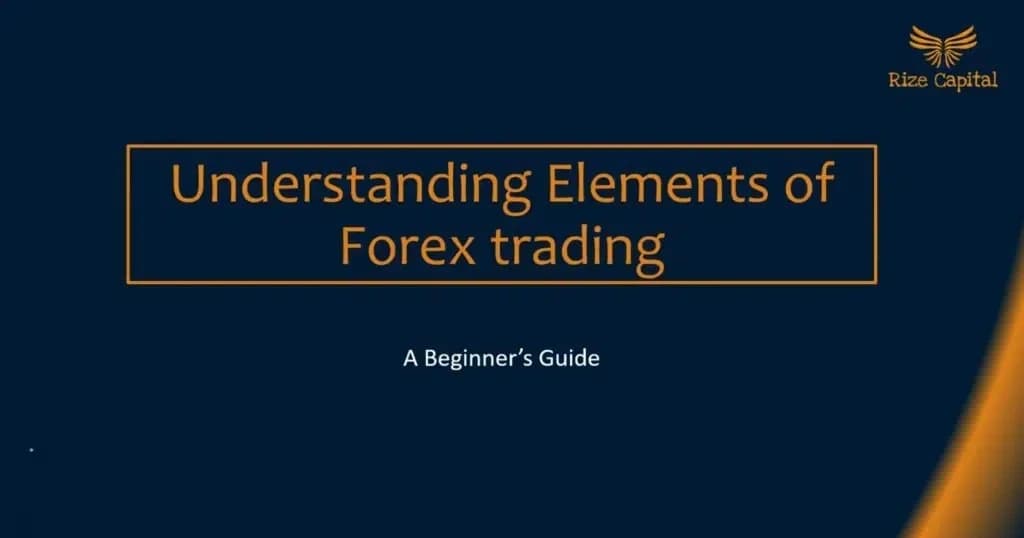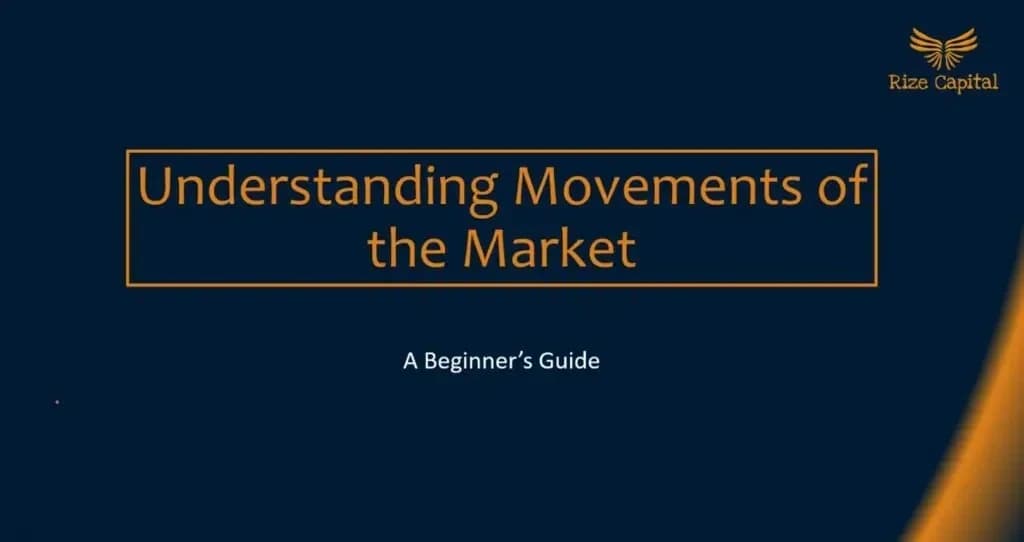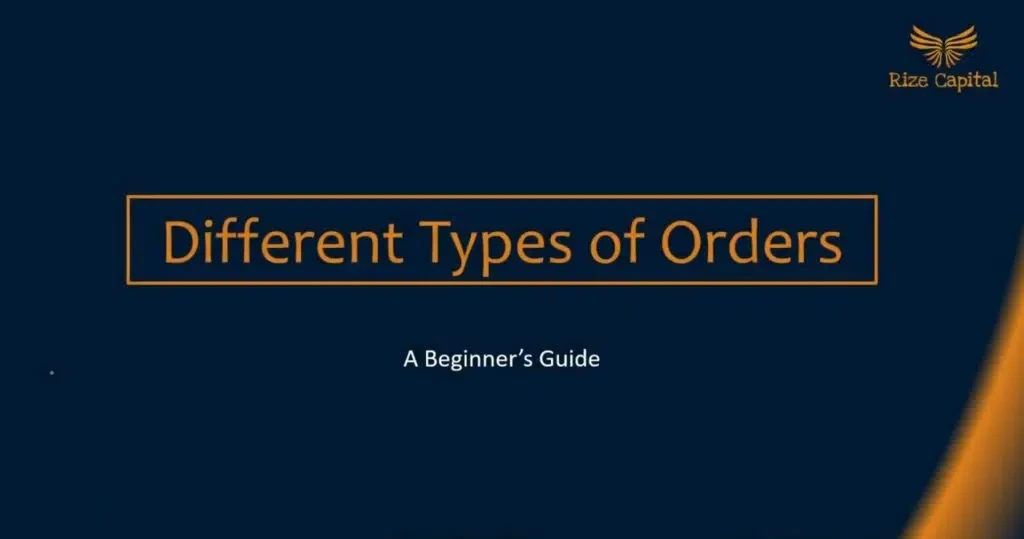Different Types of Orders in the forex market
Explore different forex order types like market, limit, stop, and advanced options to enhance your trading strategy and manage risk effectively.
Ever wondered which order type best fits your trading strategy in a market that handles over US$7.5 trillion in daily transactions? In the hectic world of forex trading, timing and price execution are absolutely vital.
Understanding the several kinds of orders—from basic market orders to sophisticated hybrid orders—is crucial for both minimising risk and grabbing possibilities regardless of your level of experience with trading. In this comprehensive guide, we break down conventional orders and advanced and hybrid order types and explain how to choose the right one for your trading style.
<iframe width="560" height="315" src="https://www.youtube.com/embed/sePTFs7IAVk?si=RAycxdg_CwL-U8YT" title="YouTube video player" frameborder="0" allow="accelerometer; autoplay; clipboard-write; encrypted-media; gyroscope; picture-in-picture; web-share" referrerpolicy="strict-origin-when-cross-origin" allowfullscreen></iframe>
Understanding Forex Orders
At its core, an order is simply an instruction to buy or sell a currency pair. Orders can be programmed to run just when specific pricing criteria are satisfied or right away. This adaptability lets traders fit their inputs and exits to their particular approach. Having the right order type at hand can make all the difference in a distributed market running 24 hours a day (excluding weekends) between locking in a profit and experiencing a significant slippage.
Conventional Order Types in Forex
1. Market Orders
The easiest kind of order is a market order. You tell your broker to carry out the trade at the best possible current price when you send a market order. If EUR/USD is trading at 1.1050 and you wish to go long right away, for instance, a market order guarantees quick filling of your order.
Advantages:
- Immediate execution
- Simplicity
Disadvantages:
- No control over the execution price
- Potential slippage in volatile markets
According to the Bank for International Settlements, the forex market processes an average daily volume of approximately US$7.51 trillion. This high liquidity means market orders are generally executed quickly—but during rapid price movements, the final price can differ from the one you saw when you placed the order.
2. Limit Orders
Limit orders let you specify the exact price you wish to buy or sell for. A sell limit order is established above the current market price; a purchase limit order is placed below it. For instance, if you believe EUR/USD will drop from its current level of 1.1050 to 1.1030 before rising, you might set a buy limit order at 1.1030.
Advantages:
- Price control (the order only executes at the limit price or better)
- Useful for setting profit targets
Disadvantages:
- Execution is not guaranteed if the market does not reach your specified price
Limit orders are very common among traders who prioritise price certainty over immediate execution. Using a limit order guarantees that you never spend more—or get less—than your set pricing. This might be really vital in controlling your expectations and trading expenses.
3. Stop Orders and Stop-Loss Orders
Once a given price has been reached, stop orders are meant to defend your position by turning it into a market order. There are two types: a sell-stop order, which is below, and a buy-stop order, set above the present market price. If you have a long position in USD/CHF and wish to restrict possible losses, for instance, you might create a sell-stop order a few pips below the current price.
Advantages:
- Automatic exit to prevent further losses
- Essential for risk management
Disadvantages:
- May be subject to slippage, meaning the execution price could be worse than the stop price
Stop-loss orders, a subset of stop orders, are arguably the most critical tool for risk management. They guarantee that your losses are automatically controlled should the market turn against you beyond a specific level. Many traders include stop orders in every trade they run.
Advanced and Hybrid Order Types
1. Trailing Stop Orders
An advanced form of a stop-loss order, a trailing stop order "trails" the market price by a set amount or percentage. The stop price changes with your transaction moving favourably. For example, if you enter a long EUR/USD trade at 1.1000 with a trailing stop set at 20 pips, and the price rises to 1.1100, your stop moves up to 1.1080. This helps you to guard against a reversal while also locking in benefits.
Advantages:
- Captures more profit in trending markets
- Automatically adjusts to favourable price movements
Disadvantages:
- Can be triggered by temporary market noise, closing your position prematurely
2. OCO (One Cancels the Other) Orders
An OCO order combines two orders—typically a limit order and a stop order—that are placed simultaneously. One order executes; the other is automatically revoked. If you had a long position in GBP/USD, for example, you might create an OCO order with a stop-loss order under it and a take-profit limit order above the current price. Once one of these orders is set off, the other is cancelled, therefore preventing inadvertent market exit twice.
Advantages:
- Streamlines trade management by automating exit strategies
- Provides both profit-taking and risk protection in a single package
Disadvantages:
- Complexity may be overwhelming for beginners
Other Order Types: GTC, FOK, and IOC
Beyond the basic orders, many brokers offer additional options to fine-tune your trading:
- Good-Till-Cancelled (GTC) orders remain active until they are either executed or cancelled, providing flexibility if you’re not constantly monitoring the market.
- Fill-or-Kill (FOK) orders must be executed immediately in full or not at all, which is ideal for large orders that you do not want partially filled.
- Immediate-or-Cancel (IOC) orders allow partial fills but cancel any portion that cannot be executed immediately.
These order types are particularly useful for institutional traders and those employing algorithmic trading strategies.
Choosing the Right Order Type for Your Strategy
The forex market does not follow any one-size-fits-all rule. Your trade style, risk tolerance, and market environment will determine your options. For instance:
- Though they run a risk of slippage, scalpers and day traders—who need fast execution—often choose market orders.
- To guarantee they enter or leave at a certain price, swing traders and those with precise price targets may gravitate towards limit orders.
- Those who want to protect their positions always depend on stop-loss orders since they are risk adverse.
If you are trading EUR/USD, you should expect a brief dip before the price rises. Setting a buy limit several pips below the current price lets you capture the dip without continuous observation. On the other hand, a trailing stop order might assist in locking in gains and let the market run while you already have an open position and want to guard your profits.
Risk Management and Order Types
Good forex trading depends mostly on good risk management. Order types such as stop-loss and take-profit orders are essential tools that help limit potential losses and secure profits. Setting a stop-loss order, for instance, will guarantee that you leave the transaction should the market turn negatively by a predefined amount of pip. You have a long position in USD/CHF.
Use take-profit orders to automatically close a position if it reaches a target profit level, therefore relieving the emotional impact of trading decisions and saving constant monitoring from necessity.
The capacity to automate your strategy is still another major advantage. According to Statista, the global online trading market is forecast to grow at a compound annual growth rate of 6.4%—a trend that highlights the increasing importance of algorithmic and automated trading strategies. By precisely following your set guidelines, automation not only saves time but also helps to preserve discipline.
Frequently Asked Questions (FAQ)
What is the main difference between a market order and a limit order?
Whereas a limit order defines a certain price at which the order should be executed, a market order is carried out right away at the best available price. Whereas the latter gives price control a top priority, the former stresses speed.
When should I use a stop order?
As the market price moves to your advantage, a trailing stop order naturally modifies the stop-loss level. This lets you lock in gains and still give the trade space to expand.
How does a trailing stop order work?
A trailing stop order automatically adjusts the stop-loss level as the market price moves in your favour. This allows you to lock in profits while still giving the trade room to grow.
What is an OCO order, and when is it useful?
A limit order and a stop order combined under an OCO (one cancels the other) order lets you issue two orders concurrently, therefore cancelling the other should one be executed. In one trade, this helps, especially with regard to controlling risk and profit targets.
Can I use different order types simultaneously?
Yes, many traders mix several order types—for instance, using an OCO order to control the exit and a market order to enter—to build a stronger trading plan.
Conclusion
The variety of order types in the forex market gives traders a strong toolkit to enter, control, and exit positions with accuracy. Depending on your trading style and risk tolerance, each type has special benefits, from the simplicity of market orders to the sophisticated features of trailing stops and OCO orders. As you hone your plans, think about how automating your commands might help to control emotional decision-making and preserve discipline under trying circumstances.
Are you ready to decide which order type best fits your next trade? Choosing the right order can be crucial for success, whether you prefer quick actions or need to stick to a budget.
Disclaimer: The information presented in this article is for educational purposes only and does not constitute financial or investment advice. Always consult a qualified professional before making any trading decisions.

Shariful Hoque
SEO Content Writer
Shariful Hoque is an experienced content writer with a knack for creating SEO-friendly blogs, marketing copies and scripts.
Related Posts

How Forex is Traded – Secrets of Forex Trading No One Ever Told You Before
Learn how Forex is traded, the strategies involved, and the "secrets" to succeed in the world’s largest financial market with our expert guide.

Different Elements of Forex Trading – Perfecting the Art of Trading
Learn the core elements of forex trading, including pips, bid/ask prices, leverage, and risk management, to improve your trading skills.

A Simple Guide to Understand the Movements of Forex Market
Understand forex market movements driven by economic factors, political events, and market sentiment, with strategies for successful trading.


